Astronautics 2017 on Geektimes, part 2: flights to the Moon, Mars and Venus
In the last part of Astronautics 2017, at Geektimes, we talked about the International Space Station, about private space, and about flights into Earth orbit. This time, I propose to go on an unmanned journey beyond the circumterrestrial orbit - to the Moon, Mars and Venus, to talk about the plans of Roscosmos, NASA and ESA, as well as private corporations to master other planets with robotic probes.
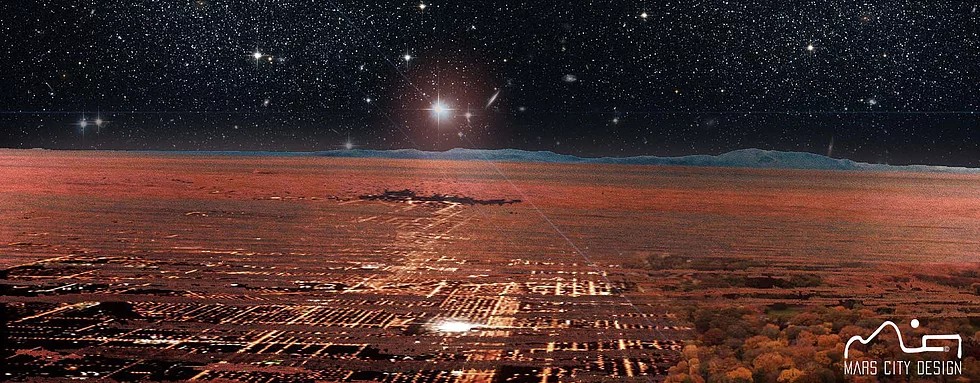
Launched by the USSR on October 4, 1957, Sputnik-1 gave rise to the era of human exploration of outer space. Since then, thousands of artificial satellites have gone into Earth orbit, and dozens of spacecraft have gone to other planets. Of these devices, 42 are buried forever on other planets in the solar system , but not in vain: thanks to them we learned a lot about other planets, now we are preparing to send people there.
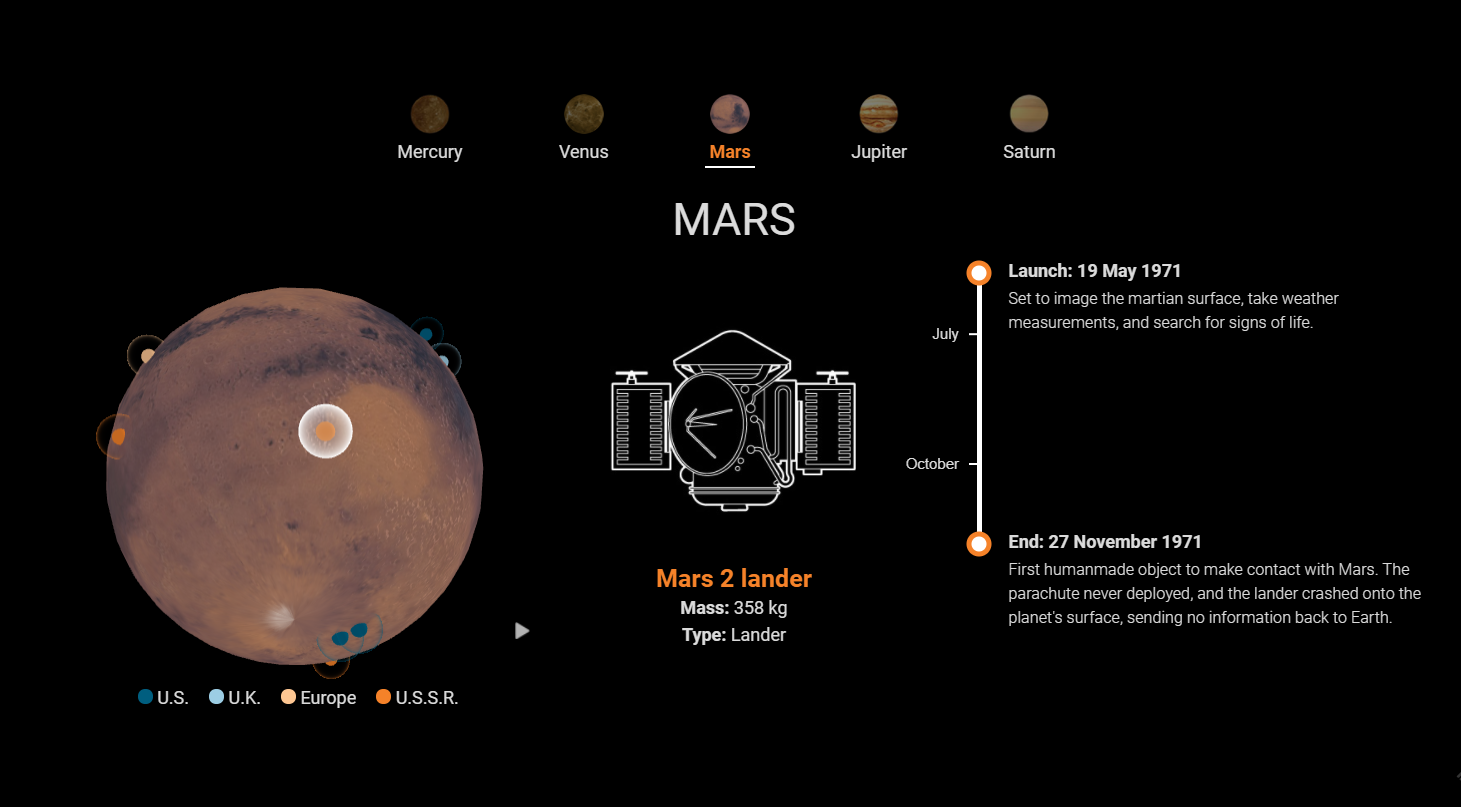
')
Among such hero-probes are the Voyager-1 and Voyager-2 stations. These vehicles were sent to space in 1977. Voyager 1 today is the most distant object from Earth created by man, and his brother Voyager 2 is the first and only probe that has flown to the four planets and gas giants of the Solar System: Jupiter, Saturn, Uranus and Neptune. Soon, the power stations of the probes will stop producing the necessary amount of energy , and the Voyagers will continue their flight in radio silence.
For more than 40 years, the stations have been surfing the solar system and sending data to Earth. At the same time, Voyager-1 engines were launched on November 8, 1980, and then - in December 2017, 37 years later . The fact that the engines are still in working condition indicates that it is possible to change its orientation and extend its life with communication with the Earth.

This photo shows a critical “iron” for Voyagers. It is so old that a sign is needed so that it is not accidentally thrown out.

And the Cassini probe, launched from Earth 20 years ago, on October 15, 1997, completed its mission this year. Scientists have learned through the probe about the structure of the rings of Saturn, its satellites and satellites of other planets that water in any form in the solar system is the rule rather than the exception that the ocean of liquid water can be under ice on Jupiter satellites Europe and Saturn Enceladus. “Cassini” met his death in the depths of the atmosphere of Saturn, leaving us with the last photo of this planet to be remembered.


Spacecraft and travels to Earth orbit made it possible to find out what dangers and challenges will arise before a person traveling to other planets. Among them - the cosmic radiation, which will lead to dementia, memory loss and other not the most pleasant symptoms. In particular, solar flares guarantee an increased radiation dose. They will have to flee from them in special rooms inside the ship, since complete protection will make it heavier. But scientists this year, apparently, were able to find a way to cope with this problem: they have developed a film that can protect against radiation .

Another problem that haunts a person always and everywhere is lack of energy. With spacecraft, you have to constantly save money, invent new ways to most efficiently use energy, and in the case of the colonization of other planets, this factor will become one of the most important. NASA is beginning to test the "portable" nuclear reactors of the new type of Kilopower , which may replace the RTG. New portable reactors will be able to produce up to 10 kW of electricity within ten years.
They will weigh about three hundred kilograms, whereas RTGs do not exceed 50 kg, but the new Kilopower will use 235 uranium, which costs 500,000 US dollars for 35 kg, which is significantly less than the cost of plutonium-238 for RTGs, which costs 50 million dollars for 45 kg.
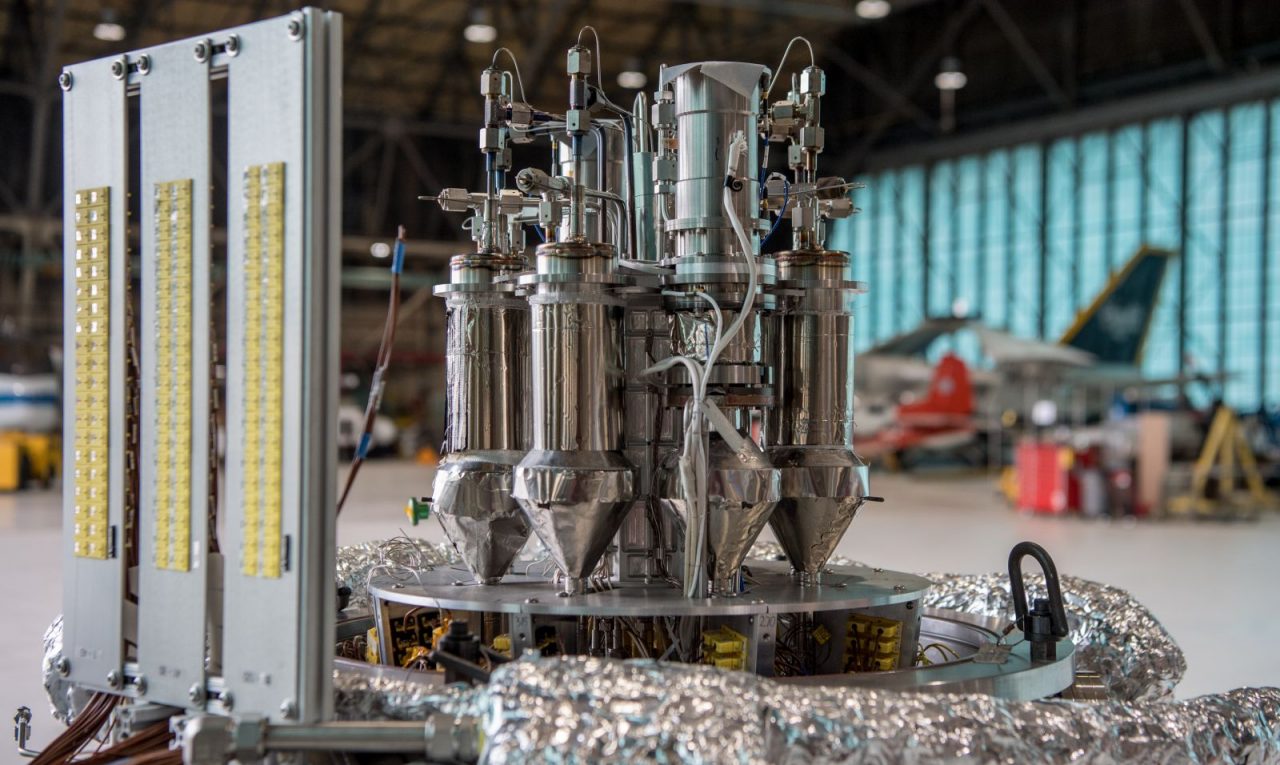
New spaceships will need new spacesuits. In August 2017, Ilon Mask showed the SpaceX spacesuit for the Dragon ship, and at the beginning of the year, the new spacesuit was introduced by the Boeing company - in it gloves are compatible with capacitive touchscreens. New spacesuits are being developed in Russia for the Federation ship. Read more about what astronauts will fly into space in the future.
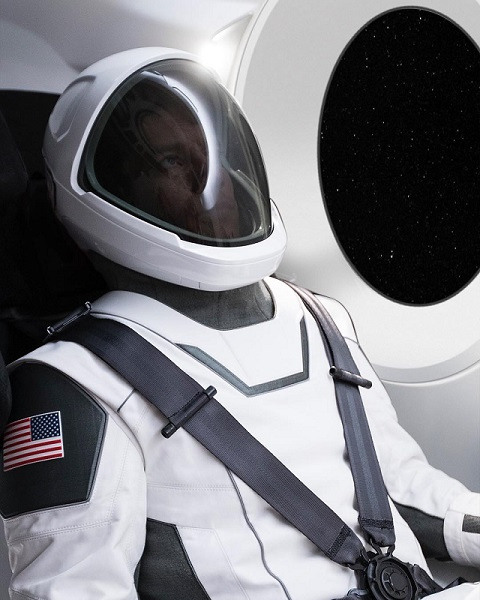


One of the most important events in the space industry in 2017 was the signing by the United States and Russia of a joint statement on the exploration and exploration of deep space . Roscosmos will participate in the construction of the near-moon base Deep Space Gateway, which will become a platform for traveling to Mars and for other missions in space.
Only a year and a half has passed since the launch of Sputnik-1 before the launch of the first spacecraft for exploring the moon. This natural satellite of the Earth is much closer to the cradle of humanity than any other. Read more about the history of the study of the Moon with automatic devices: part 1 and part 2 .

Sputnik-1 on the left and Luna-1 on the right.
Chinese President Xi Jinping plans to make China a space power and by 2036 to land astronauts on the surface of the moon. The country continues the experiment Lunar Palace 1 , in which several enthusiastic students for a long time live in a closed biological life support system in a sealed bunker with an area of 160 square meters. They grow grain and vegetable crops, use food and other waste, get oxygen from plants, process urine into drinking water.
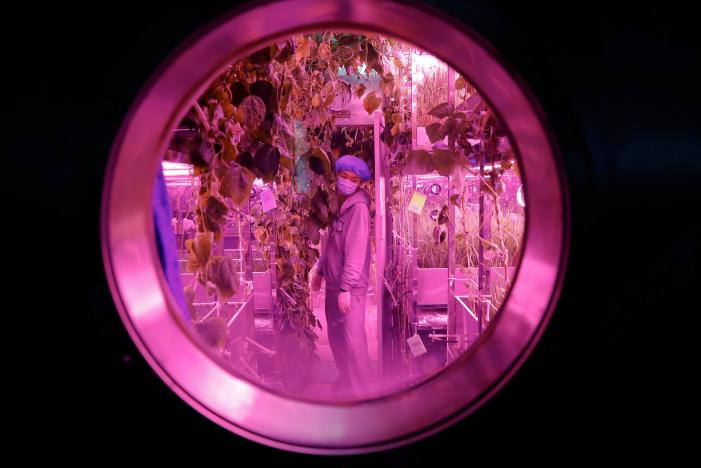
At the end of 2018, as part of the Deep Space Gateway program , the Orion spacecraft will leave for the Moon, while there are no people on board. A few days later, the ship will undock from the propulsion system, which is the upper rocket stage, and several Kubsat satellites will be launched into the Moon’s orbit. Also, the satellite BioSentinel will operate near the moon, on board of which for 18 months there will be living cells to study the effect of cosmic radiation on them.
Astronauts on the lunar base will build and test systems for traveling to Mars, as well as test robotic missions descending to the surface of the moon. Spaceport Deep Space Gateway according to the plan of NASA will be an intermediate stage before the manned flight to Mars.
Roscosmos will take part in the construction of the Deep Space Gateway base. At the first stage, Roskosmos will be engaged in the construction of the orbital part of the complex with the prospect of using proven technologies on the lunar surface, and later - Mars. The docking stations and life support systems are planned to be made on the basis of Russian developments, and one to three station modules can be Roscosmos' contribution.
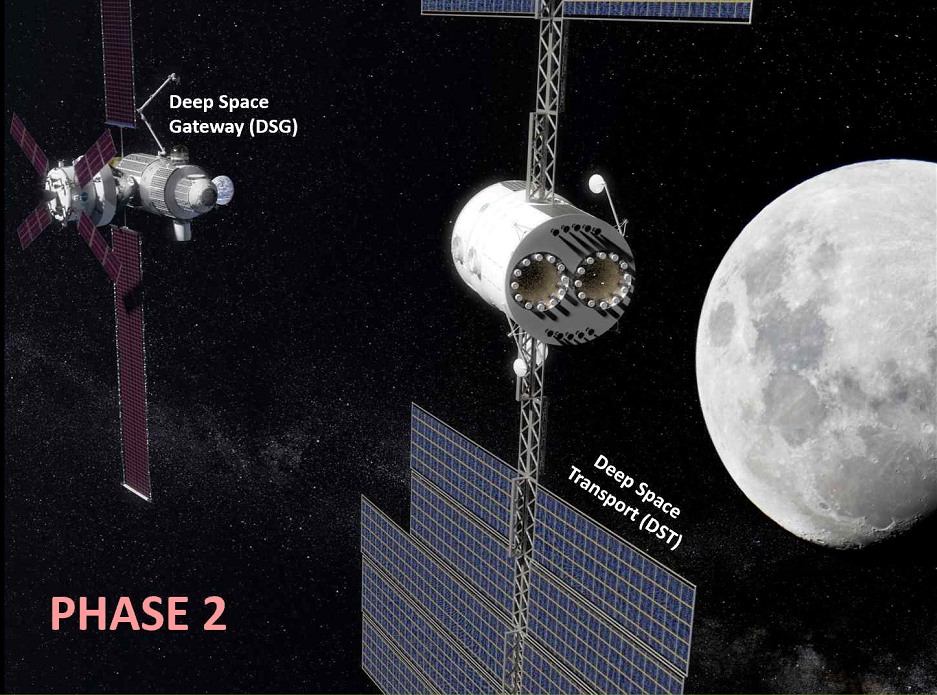
In Russia, at the same time, they are developing navigation systems on the Moon . Their basis will be laser beacons, which the landing station will install on the surface of the Earth’s natural satellite within the framework of the Luna-25 program. The device "Glob" starts in 2019.
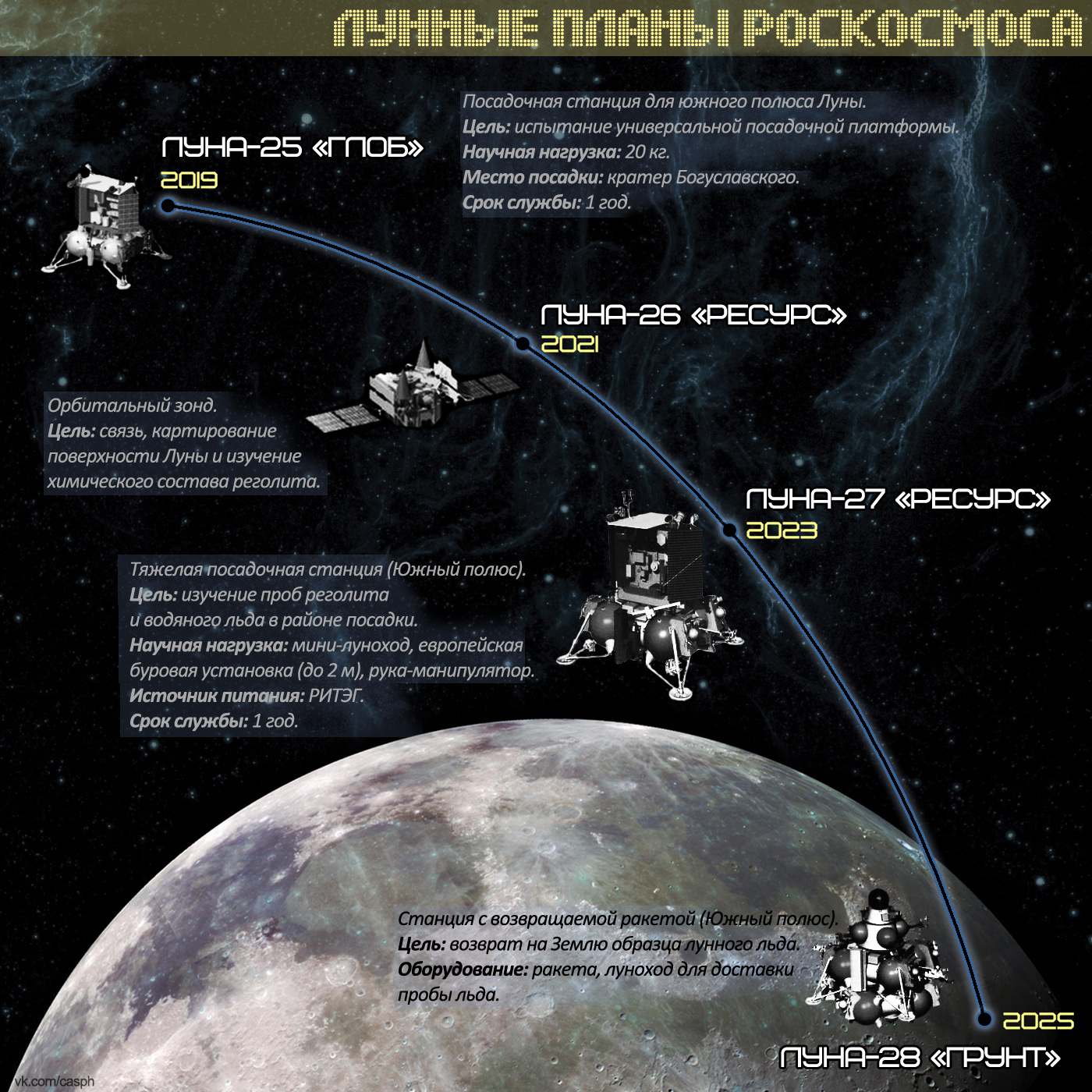
Lunar colonists will have to cope with cosmic radiation on the lunar surface as well as with exposure to very high and very low temperatures. It is possible to cope with these problems, people will have to use the landscape of this satellite. They will be able to settle in cavities in the lunar crust formed after volcanic eruptions - in lava tubes. One of these tubes was discovered by the Japanese Kaguya probe : its length is more than 50 kilometers, height is 75 meters, and its age is about 3.5 billion years. In this cave you can build a city.

It is very interesting that the data that various spacecraft sent to Earth decades ago still allow scientists to make discoveries. In June 1985, the descent module of the Soviet spacecraft Vega-2 landed on the surface of Venus. The atmosphere of this planet at a height of less than 7 kilometers was rather unstable, while this layer is hotter than the layer above. In 2017, scientists suggested an explanation for this fact: according to a team of researchers from universities in France and the United States, the lower layers of the atmosphere of Venus are a supercritical fluid.
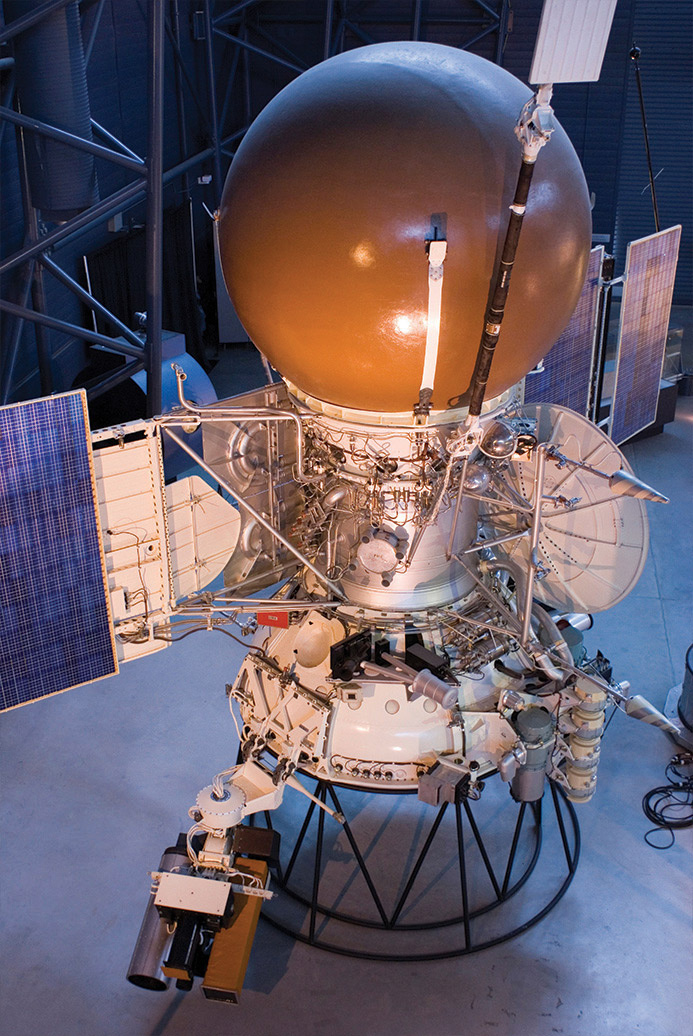
Model of the spacecraft "Vega-2" in the branch of the National Air and Space Museum of the United States. The descent module is hidden inside the spherical shell
The first spacecraft that went to Venus was the Soviet "Venus-1". Since the collapse of the USSR, Russia has not launched vehicles to this planet, but in 2026 this will change: the launch of the Venera-D automatic interplanetary station has been scheduled for this year. Roscosmos and NASA are working together on the mission. The project will receive funding from the Science Agency.
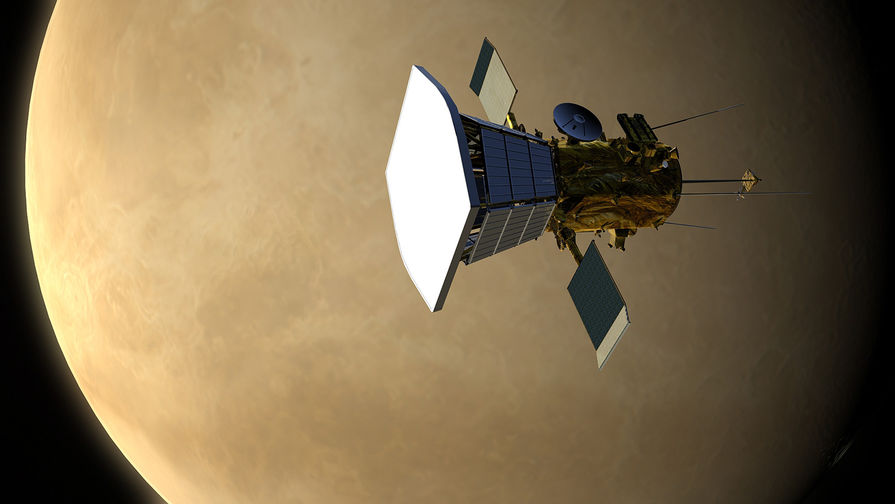
The average temperature on the surface of Venus is 464 ° C. For comparison, on the closest planet to the Sun, Mercury, the maximum temperature does not exceed 427 ° C. The record for the time of work on the surface of Venus belongs to the Soviet probe "Venus-13" and is 127 minutes. This result was achieved after many unsuccessful attempts. All components of the computer on the "Venus-13" were hidden in a titanium casing, which was pre-cooled in the orbit of the planet. Due to high temperatures and pressures exceeding 90 atmospheres on the surface of Venus, electronic devices are very hard here.
NASA's Jet Propulsion Laboratory plans to use an approach that differs from standard electronics protection using a housing and a cooling system: their all-terrain vehicle will be a clockwork . That is, a team of engineers decided to get rid of electronics as much as possible and create an all-terrain vehicle with a variety of mechanical systems. Everyone got used to the existing robots and digital technologies, but even two hundred years ago there were automaton robots , among which there are extremely complex systems.
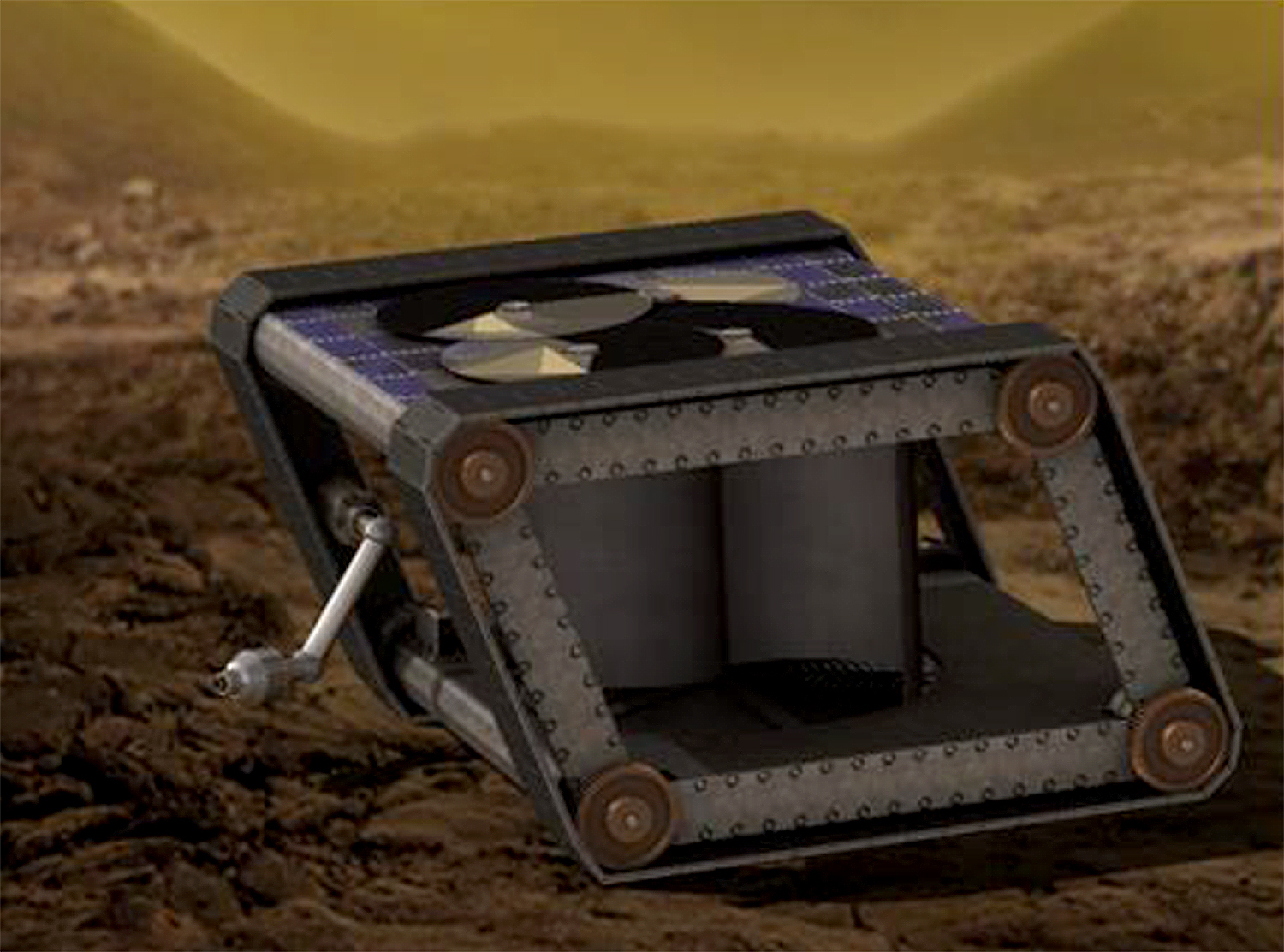
At the 68th International Astronautical Congress in Adelaide, Ilon Musk presented the giant BFR rocket and described the plan of the Martian city . The new BFR will become a universal rocket, suitable for both flights to the Moon and Mars, and for commercial flights between two points of the Earth in less than 1 hour. The BFR's carrying capacity is 150 tons, five times more than that of the Falcon Heavy super-heavy rocket in a partially reusable version.
A year earlier, at the 67th congress, Musk also spoke with plans for the colonization of Mars , where he showed many images worthy of science fiction, but far from reality. In 2017, ideas were a bit more realistic, but designers and PR people are still winning engineers . One can only hope that in 2018 SpaceX will make 30 space launches, and in 2022 it will still send two trucks to Mars to start building infrastructure.
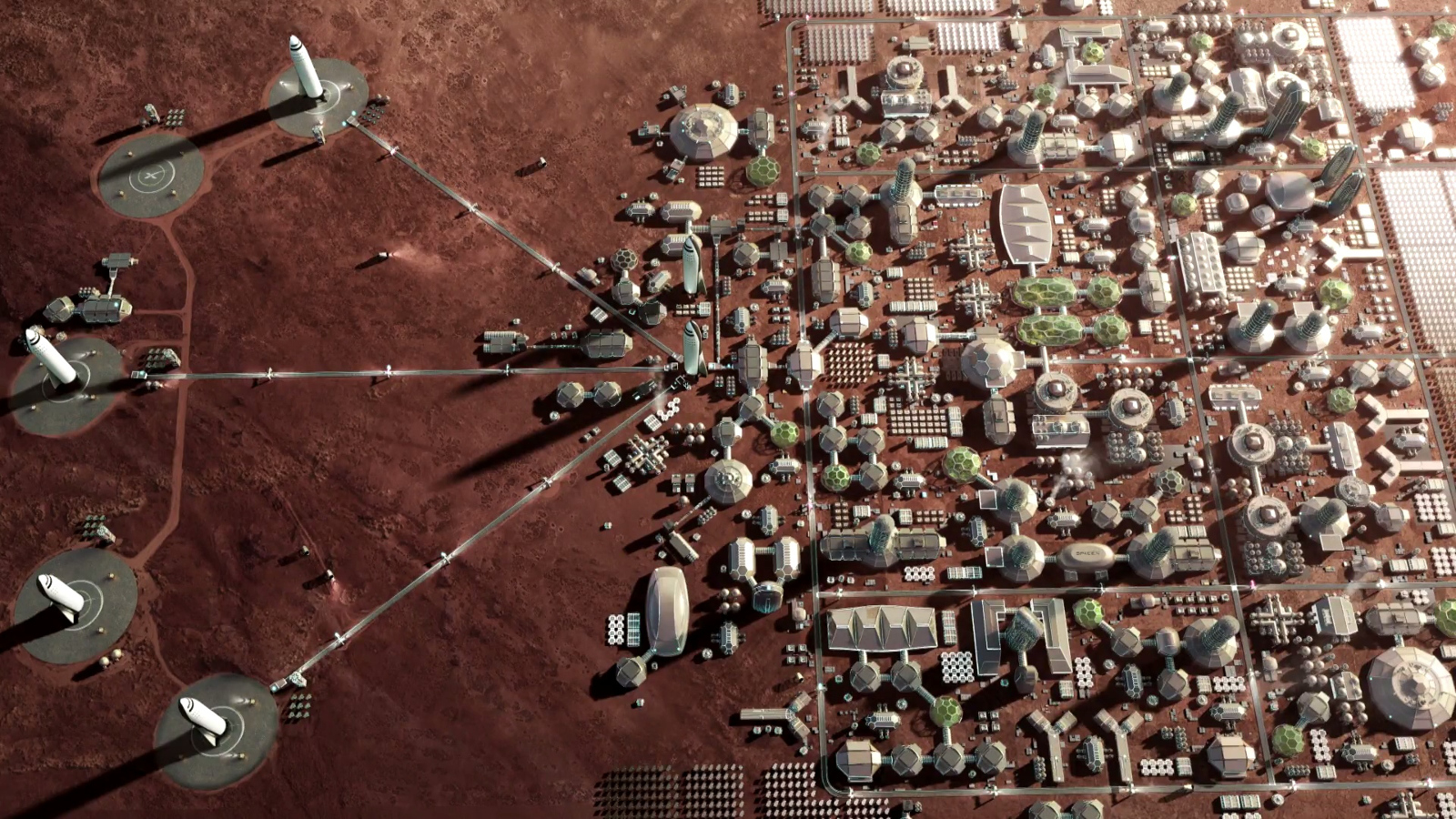
At the same congress, another notable player in the space industry, Lockheed Martin, showed the concept of a spacecraft for landing on Mars and taking off from the surface of the planet. Mars Base Camp lander will become part of the Martian orbital complex.
The project will be coordinated with the near-moon platform Deep Space Gateway. Reusable ship Deep Space Transport will take people from the lunar spaceport and take them to another point in the solar system.
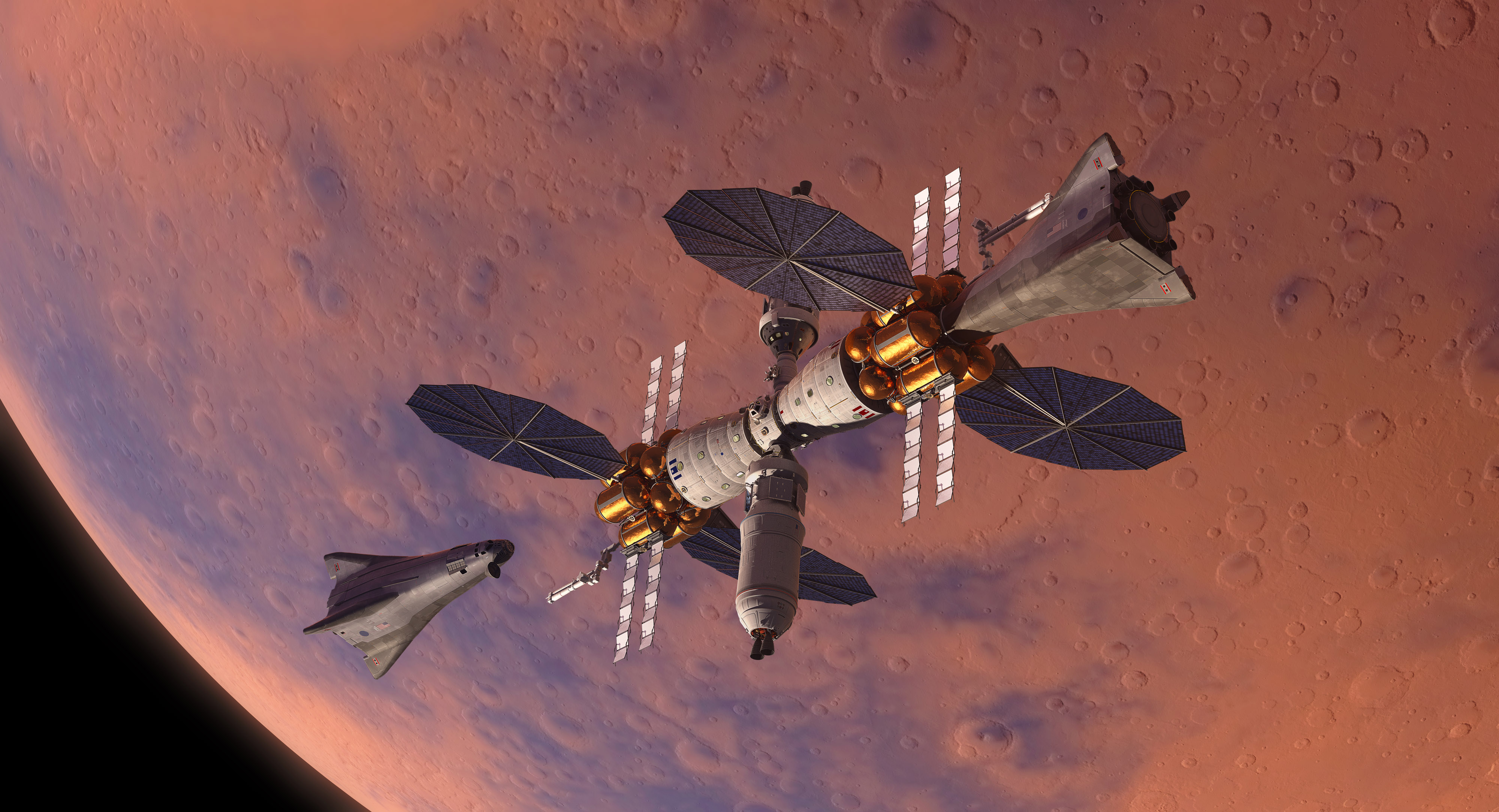
NASA plans to send humans to Mars by 2030. The first stage of this mission is the study of aspects of life on Mars in the conditions of Earth and in Earth orbit, on the International Space Station. To this end, NASA launched an isolation experiment in early 2017 to simulate a flight to Mars .
On the Big Hawaiian Island, a dome was placed for six people to live in, who eventually spent eight months in custody. The results of the study will help NASA experts select people and gather groups with the right balance of psychological traits for the most effective collaboration.
However, NASA may not have enough money to land people on Mars . The way out could be the use of vehicles from companies such as SpaceX, the United Launch Alliance and Blue Origin.
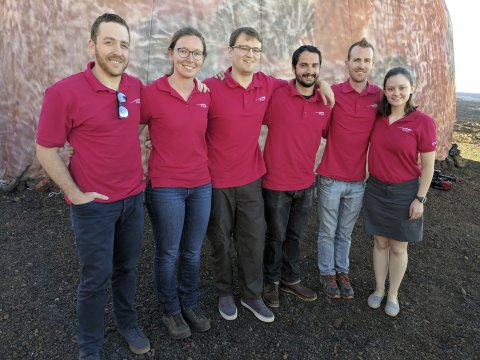

Mars rovers allow to explore Mars for many years. In 2017, the Curiosity rover turned five Earth years . During this time, he found organic compounds in the soil and methane in the atmosphere, found evidence of the water past of Mars, studied the water on the surface of the planet.
The fifth Mars rover NASA will be Mars-2020 , which will receive 23 cameras, which will allow it to record the process of landing the probe. Unlike Curiosity cameras, which allow you to take panoramic photos after pasting photos, Mars-2020 cameras will make such selfies and panoramas without pasting. In this case, the basis of the design will be a mobile platform Curiosity, which has proved its effectiveness during the operation of the rover.
An important difference between Mars 2020 and its predecessors will be the preinstalled software AEGIS (Autonomous Exploration for Gathering Increased Science), which will allow for more efficient work in autonomous mode in case of loss of communication with Earth.
The rover on the Red Planet plans to send Roscosmos and the European Space Agency in the framework of the project "ExoMars". The six-wheel all-terrain vehicle weighing 270 kilograms will be equipped with a two-meter drill to obtain rock samples from a great depth. Experts have already identified two possible landing sites on the planet in the northern hemisphere.

What might a city look like on Mars? In November 2017, the jury of the design competition for the Mars cities of Mars City Design 2017 summed up the competition in five categories: architecture, urban design, transport, AI, sustainable energy sources. In the category "Architecture" won the project of the Massachusetts Institute of Technology called Redwood Forest - a set of forest groves within the spheres united by a system of root-tunnels. Perhaps in a few decades we will be able to overcome all the obstacles on the way to Mars and on its surface and in two hundred such spheres ten thousand settlers will live.
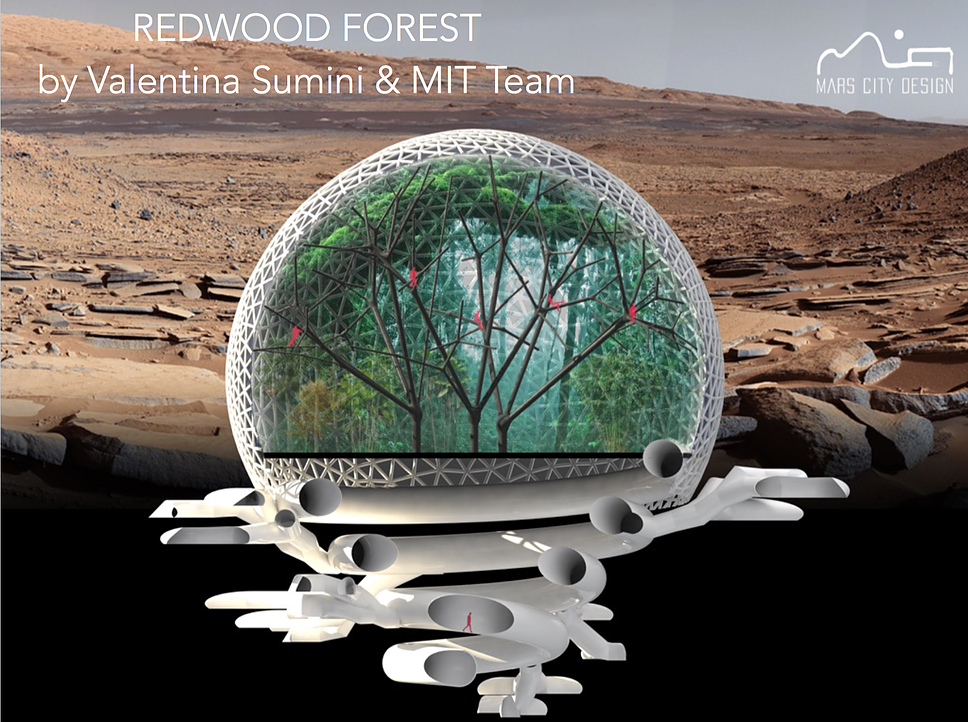



Launched by the USSR on October 4, 1957, Sputnik-1 gave rise to the era of human exploration of outer space. Since then, thousands of artificial satellites have gone into Earth orbit, and dozens of spacecraft have gone to other planets. Of these devices, 42 are buried forever on other planets in the solar system , but not in vain: thanks to them we learned a lot about other planets, now we are preparing to send people there.
')
Among such hero-probes are the Voyager-1 and Voyager-2 stations. These vehicles were sent to space in 1977. Voyager 1 today is the most distant object from Earth created by man, and his brother Voyager 2 is the first and only probe that has flown to the four planets and gas giants of the Solar System: Jupiter, Saturn, Uranus and Neptune. Soon, the power stations of the probes will stop producing the necessary amount of energy , and the Voyagers will continue their flight in radio silence.
For more than 40 years, the stations have been surfing the solar system and sending data to Earth. At the same time, Voyager-1 engines were launched on November 8, 1980, and then - in December 2017, 37 years later . The fact that the engines are still in working condition indicates that it is possible to change its orientation and extend its life with communication with the Earth.

This photo shows a critical “iron” for Voyagers. It is so old that a sign is needed so that it is not accidentally thrown out.

And the Cassini probe, launched from Earth 20 years ago, on October 15, 1997, completed its mission this year. Scientists have learned through the probe about the structure of the rings of Saturn, its satellites and satellites of other planets that water in any form in the solar system is the rule rather than the exception that the ocean of liquid water can be under ice on Jupiter satellites Europe and Saturn Enceladus. “Cassini” met his death in the depths of the atmosphere of Saturn, leaving us with the last photo of this planet to be remembered.


Spacecraft and travels to Earth orbit made it possible to find out what dangers and challenges will arise before a person traveling to other planets. Among them - the cosmic radiation, which will lead to dementia, memory loss and other not the most pleasant symptoms. In particular, solar flares guarantee an increased radiation dose. They will have to flee from them in special rooms inside the ship, since complete protection will make it heavier. But scientists this year, apparently, were able to find a way to cope with this problem: they have developed a film that can protect against radiation .

Another problem that haunts a person always and everywhere is lack of energy. With spacecraft, you have to constantly save money, invent new ways to most efficiently use energy, and in the case of the colonization of other planets, this factor will become one of the most important. NASA is beginning to test the "portable" nuclear reactors of the new type of Kilopower , which may replace the RTG. New portable reactors will be able to produce up to 10 kW of electricity within ten years.
They will weigh about three hundred kilograms, whereas RTGs do not exceed 50 kg, but the new Kilopower will use 235 uranium, which costs 500,000 US dollars for 35 kg, which is significantly less than the cost of plutonium-238 for RTGs, which costs 50 million dollars for 45 kg.

New spaceships will need new spacesuits. In August 2017, Ilon Mask showed the SpaceX spacesuit for the Dragon ship, and at the beginning of the year, the new spacesuit was introduced by the Boeing company - in it gloves are compatible with capacitive touchscreens. New spacesuits are being developed in Russia for the Federation ship. Read more about what astronauts will fly into space in the future.



One of the most important events in the space industry in 2017 was the signing by the United States and Russia of a joint statement on the exploration and exploration of deep space . Roscosmos will participate in the construction of the near-moon base Deep Space Gateway, which will become a platform for traveling to Mars and for other missions in space.
Moon
Only a year and a half has passed since the launch of Sputnik-1 before the launch of the first spacecraft for exploring the moon. This natural satellite of the Earth is much closer to the cradle of humanity than any other. Read more about the history of the study of the Moon with automatic devices: part 1 and part 2 .

Sputnik-1 on the left and Luna-1 on the right.
Chinese President Xi Jinping plans to make China a space power and by 2036 to land astronauts on the surface of the moon. The country continues the experiment Lunar Palace 1 , in which several enthusiastic students for a long time live in a closed biological life support system in a sealed bunker with an area of 160 square meters. They grow grain and vegetable crops, use food and other waste, get oxygen from plants, process urine into drinking water.

At the end of 2018, as part of the Deep Space Gateway program , the Orion spacecraft will leave for the Moon, while there are no people on board. A few days later, the ship will undock from the propulsion system, which is the upper rocket stage, and several Kubsat satellites will be launched into the Moon’s orbit. Also, the satellite BioSentinel will operate near the moon, on board of which for 18 months there will be living cells to study the effect of cosmic radiation on them.
Astronauts on the lunar base will build and test systems for traveling to Mars, as well as test robotic missions descending to the surface of the moon. Spaceport Deep Space Gateway according to the plan of NASA will be an intermediate stage before the manned flight to Mars.
Roscosmos will take part in the construction of the Deep Space Gateway base. At the first stage, Roskosmos will be engaged in the construction of the orbital part of the complex with the prospect of using proven technologies on the lunar surface, and later - Mars. The docking stations and life support systems are planned to be made on the basis of Russian developments, and one to three station modules can be Roscosmos' contribution.

In Russia, at the same time, they are developing navigation systems on the Moon . Their basis will be laser beacons, which the landing station will install on the surface of the Earth’s natural satellite within the framework of the Luna-25 program. The device "Glob" starts in 2019.

Lunar colonists will have to cope with cosmic radiation on the lunar surface as well as with exposure to very high and very low temperatures. It is possible to cope with these problems, people will have to use the landscape of this satellite. They will be able to settle in cavities in the lunar crust formed after volcanic eruptions - in lava tubes. One of these tubes was discovered by the Japanese Kaguya probe : its length is more than 50 kilometers, height is 75 meters, and its age is about 3.5 billion years. In this cave you can build a city.

Venus
It is very interesting that the data that various spacecraft sent to Earth decades ago still allow scientists to make discoveries. In June 1985, the descent module of the Soviet spacecraft Vega-2 landed on the surface of Venus. The atmosphere of this planet at a height of less than 7 kilometers was rather unstable, while this layer is hotter than the layer above. In 2017, scientists suggested an explanation for this fact: according to a team of researchers from universities in France and the United States, the lower layers of the atmosphere of Venus are a supercritical fluid.

Model of the spacecraft "Vega-2" in the branch of the National Air and Space Museum of the United States. The descent module is hidden inside the spherical shell
The first spacecraft that went to Venus was the Soviet "Venus-1". Since the collapse of the USSR, Russia has not launched vehicles to this planet, but in 2026 this will change: the launch of the Venera-D automatic interplanetary station has been scheduled for this year. Roscosmos and NASA are working together on the mission. The project will receive funding from the Science Agency.

The average temperature on the surface of Venus is 464 ° C. For comparison, on the closest planet to the Sun, Mercury, the maximum temperature does not exceed 427 ° C. The record for the time of work on the surface of Venus belongs to the Soviet probe "Venus-13" and is 127 minutes. This result was achieved after many unsuccessful attempts. All components of the computer on the "Venus-13" were hidden in a titanium casing, which was pre-cooled in the orbit of the planet. Due to high temperatures and pressures exceeding 90 atmospheres on the surface of Venus, electronic devices are very hard here.
NASA's Jet Propulsion Laboratory plans to use an approach that differs from standard electronics protection using a housing and a cooling system: their all-terrain vehicle will be a clockwork . That is, a team of engineers decided to get rid of electronics as much as possible and create an all-terrain vehicle with a variety of mechanical systems. Everyone got used to the existing robots and digital technologies, but even two hundred years ago there were automaton robots , among which there are extremely complex systems.

Mars
At the 68th International Astronautical Congress in Adelaide, Ilon Musk presented the giant BFR rocket and described the plan of the Martian city . The new BFR will become a universal rocket, suitable for both flights to the Moon and Mars, and for commercial flights between two points of the Earth in less than 1 hour. The BFR's carrying capacity is 150 tons, five times more than that of the Falcon Heavy super-heavy rocket in a partially reusable version.
A year earlier, at the 67th congress, Musk also spoke with plans for the colonization of Mars , where he showed many images worthy of science fiction, but far from reality. In 2017, ideas were a bit more realistic, but designers and PR people are still winning engineers . One can only hope that in 2018 SpaceX will make 30 space launches, and in 2022 it will still send two trucks to Mars to start building infrastructure.

At the same congress, another notable player in the space industry, Lockheed Martin, showed the concept of a spacecraft for landing on Mars and taking off from the surface of the planet. Mars Base Camp lander will become part of the Martian orbital complex.
The project will be coordinated with the near-moon platform Deep Space Gateway. Reusable ship Deep Space Transport will take people from the lunar spaceport and take them to another point in the solar system.

NASA plans to send humans to Mars by 2030. The first stage of this mission is the study of aspects of life on Mars in the conditions of Earth and in Earth orbit, on the International Space Station. To this end, NASA launched an isolation experiment in early 2017 to simulate a flight to Mars .
On the Big Hawaiian Island, a dome was placed for six people to live in, who eventually spent eight months in custody. The results of the study will help NASA experts select people and gather groups with the right balance of psychological traits for the most effective collaboration.
However, NASA may not have enough money to land people on Mars . The way out could be the use of vehicles from companies such as SpaceX, the United Launch Alliance and Blue Origin.


Mars rovers allow to explore Mars for many years. In 2017, the Curiosity rover turned five Earth years . During this time, he found organic compounds in the soil and methane in the atmosphere, found evidence of the water past of Mars, studied the water on the surface of the planet.
The fifth Mars rover NASA will be Mars-2020 , which will receive 23 cameras, which will allow it to record the process of landing the probe. Unlike Curiosity cameras, which allow you to take panoramic photos after pasting photos, Mars-2020 cameras will make such selfies and panoramas without pasting. In this case, the basis of the design will be a mobile platform Curiosity, which has proved its effectiveness during the operation of the rover.
An important difference between Mars 2020 and its predecessors will be the preinstalled software AEGIS (Autonomous Exploration for Gathering Increased Science), which will allow for more efficient work in autonomous mode in case of loss of communication with Earth.
The rover on the Red Planet plans to send Roscosmos and the European Space Agency in the framework of the project "ExoMars". The six-wheel all-terrain vehicle weighing 270 kilograms will be equipped with a two-meter drill to obtain rock samples from a great depth. Experts have already identified two possible landing sites on the planet in the northern hemisphere.

What might a city look like on Mars? In November 2017, the jury of the design competition for the Mars cities of Mars City Design 2017 summed up the competition in five categories: architecture, urban design, transport, AI, sustainable energy sources. In the category "Architecture" won the project of the Massachusetts Institute of Technology called Redwood Forest - a set of forest groves within the spheres united by a system of root-tunnels. Perhaps in a few decades we will be able to overcome all the obstacles on the way to Mars and on its surface and in two hundred such spheres ten thousand settlers will live.



Source: https://habr.com/ru/post/371149/
All Articles